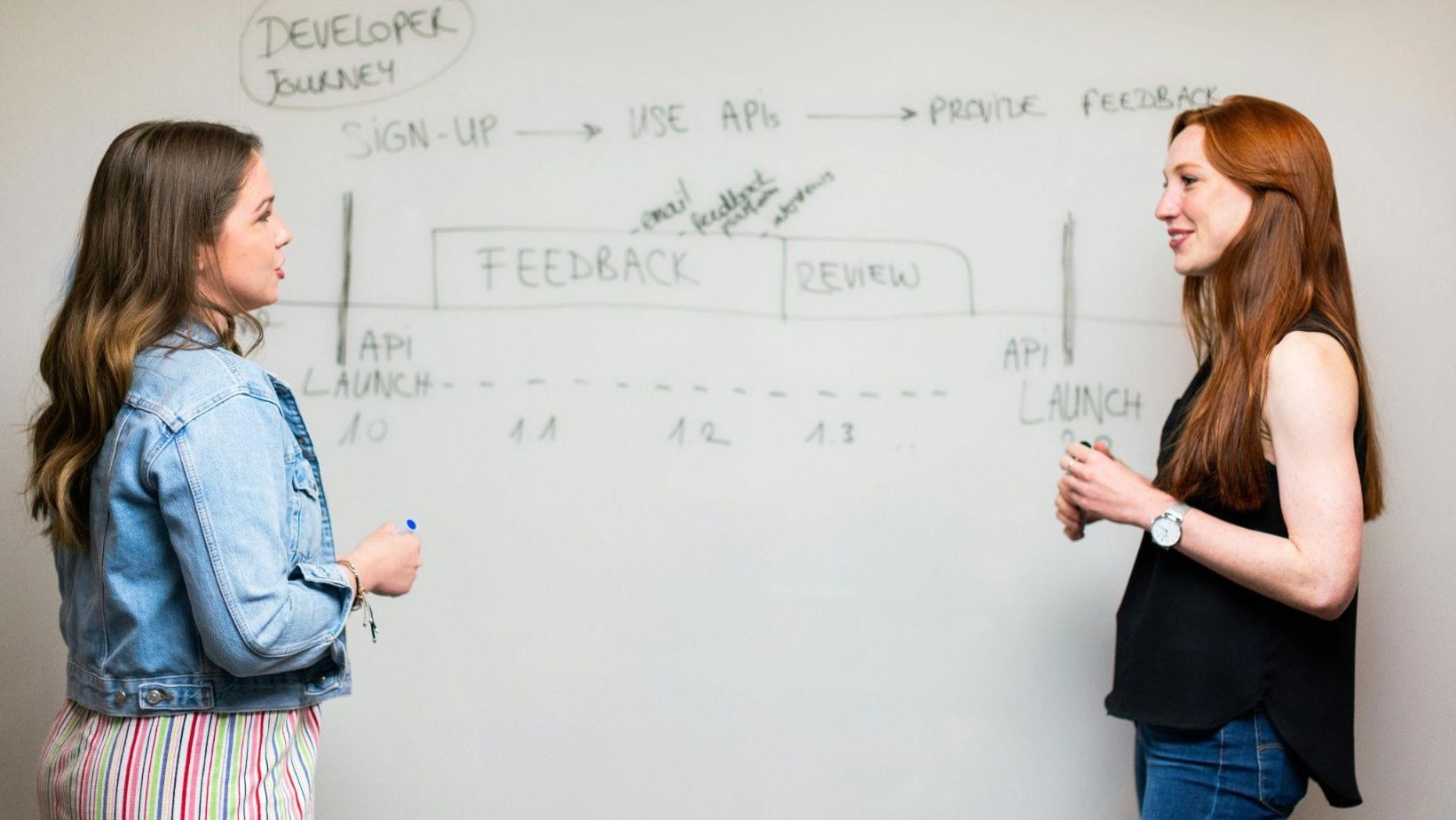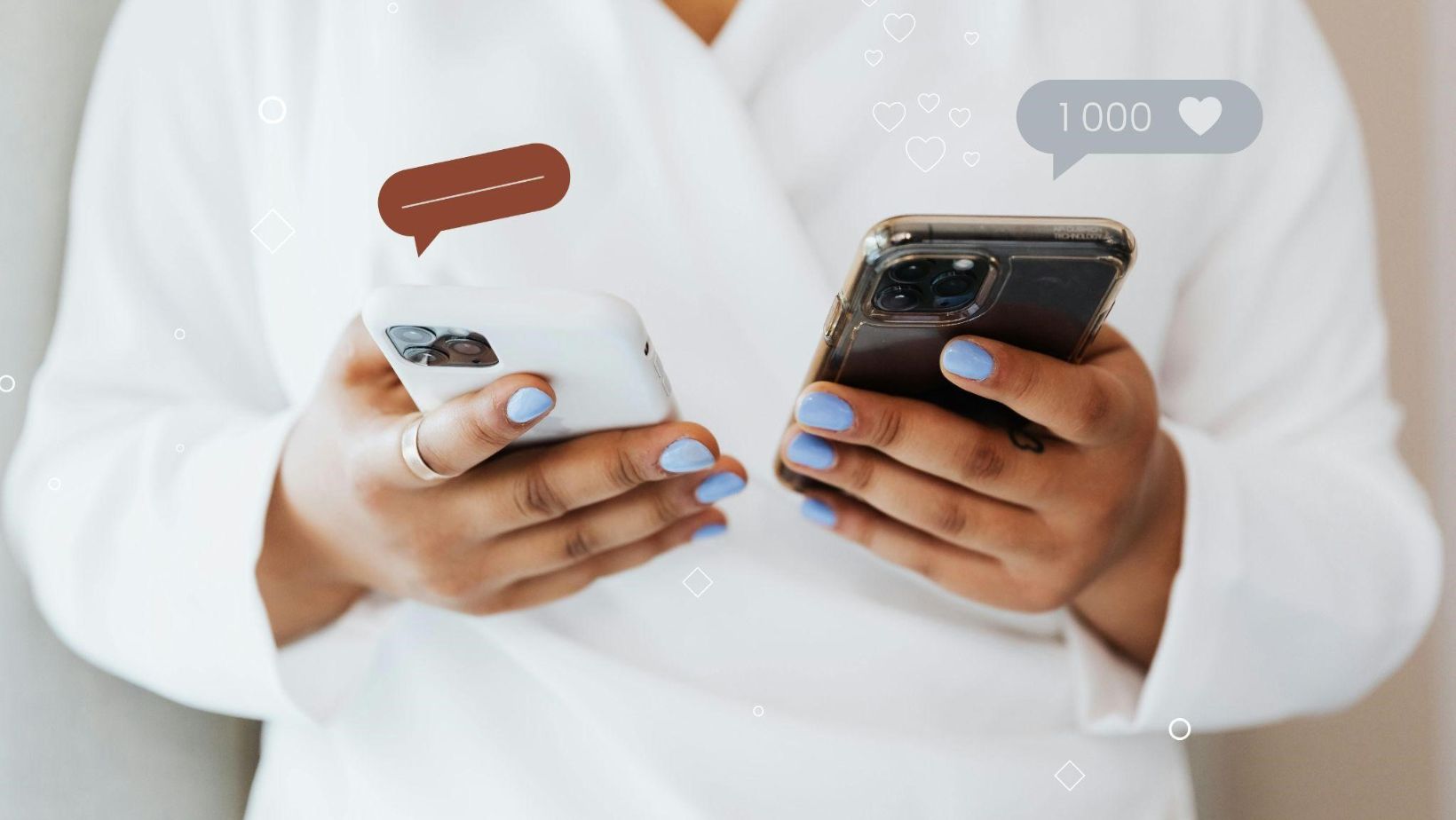
In the crowded world of mobile apps, user acquisition is just the beginning. According to a 2023 report from Adjust, nearly 49% of users uninstall an app within the first 24 hours of downloading it. For app developers and marketers alike, that statistic is a wake-up call: attention might be cheap—but loyalty is priceless.
Too many mobile platforms still rely on outdated loyalty strategies: sporadic discounts, pushy notifications, or loyalty programs that feel like afterthoughts. But the apps that thrive in 2024 are those that prioritize interaction over transaction. They understand that keeping users engaged isn’t about shouting louder—it’s about designing experiences that invite participation.
This article explores how interactive mobile features—from gamified incentives to smart user feedback—can transform short-term downloads into long-term relationships. And as we’ll see, teams that have learned to develop a dating app—balancing retention, personalization, and emotional UX—have become surprising leaders in building the kind of loyalty-driven design all apps can learn from.
Why Interactivity Matters in Loyalty Strategy
At its core, interactivity is about turning passive users into active participants. In the mobile world, that could mean spinning a digital wheel, customizing an avatar, unlocking achievements, or simply receiving instant feedback after tapping a button. These aren’t bells and whistles—they’re proven methods for keeping users emotionally and behaviorally engaged.
Behavioral psychology backs this up. Interactivity taps into dopamine feedback loops—the same neurological reward systems that make people return to apps like Instagram, Duolingo, or even their favorite shopping platforms. When users feel like their input matters, they’re more likely to stay, return, and invest time.
Another key principle is investment theory: the more time or effort a user spends customizing, building, or progressing inside an app, the more likely they are to continue using it. It’s the same reason people keep coming back to apps that reward streaks or progress milestones.
This is where platforms like MyWirelessCoupons are ahead of the curve. By turning coupons into a gamified experience—through spin-to-win games or scratch-offs—they’ve taken the traditionally passive act of discount hunting and turned it into a behaviorally engaging system.
It’s a strategy that mirrors what successful mobile teams already know: when you design for interactivity, you’re designing for loyalty.
Key Features That Keep Users Coming Back
So what does interactivity look like in practice? It comes down to designing moments that feel rewarding, personal, and frictionless. Here are four feature categories that drive repeat use:
- Reward Loops
Points, streaks, badges—these aren’t just cosmetic. They tap into habit formation and behavioral reinforcement. When users see visual progress tied to action, they’re more likely to keep coming back to maintain their momentum.
- Personalized Experiences
Users respond better when content feels tailored to them. Think behavior-based triggers, dynamic home screens, or personalized discounts. Giving users a sense of ownership—even as small as customizing an avatar—builds deeper emotional investment.
- Gamified Interfaces
Spin-to-win, scratch cards, unlockable tiers—these mechanisms turn routine actions into fun, meaningful interactions. They don’t just add excitement; they add layers of motivation and replayability that keep users coming back.
- Push with Purpose
Push notifications are only effective when they’re context-aware and value-driven. Smart nudges like “You’re 3 points away from unlocking your next tier” are far more effective than generic promos. It’s about extending the user journey, not interrupting it.
Combined, these features build emotional connection. They create a feedback loop where users are rewarded not just for showing up—but for engaging. And teams who’ve learned how to develop a dating app are often behind these mechanics, leveraging personalization, micro-rewards, and habit science to create platforms that feel alive and responsive to user behavior.
Lessons from Consumer-First Platforms
Some of the most successful mobile apps didn’t start in e-commerce or fintech—they came from entertainment, health, and social experiences. What do they all have in common? A commitment to interactive design that keeps users coming back for more.
Take fitness apps, for example. From guided workout streaks to customizable challenges and progress badges, they keep users motivated through game-like structure. Meditation apps offer daily check-ins, unlockable sessions, and gentle nudges that foster habit without overwhelming.
Even social platforms have perfected the art of re-engagement through personalized feeds, timely prompts, and micro-rewards for participation. These apps aren’t just designed to look good—they’re designed to feel responsive and emotionally rewarding.
Behind many of these mechanics are teams with deep experience in behavior-driven design—often the same developers who’ve had to build emotionally aware, high-retention features in other sectors. For instance, teams who develop a dating app have spent years fine-tuning personalization, interaction timing, and incentive mechanics to foster long-term engagement.
These lessons apply far beyond the niche they came from. For any mobile app seeking loyalty, the blueprint is clear: create with empathy, reward interaction, and let design drive connection.
Building Loyalty Without Losing Simplicity
When it comes to interactive design, more isn’t always better. It’s tempting to throw in every gamified feature imaginable—spins, badges, points, leaderboards—but without restraint, these features can quickly overwhelm the user or bury the core functionality of the app.
Loyalty is about sustained engagement, not constant stimulation. And that means prioritizing clarity, speed, and simplicity in every layer of your app experience.
Here’s how to do that well:
- Keep interactions lightweight. Micro-animations and subtle haptic feedback can communicate rewards without feeling excessive.
- Guide the journey. Onboarding flows should teach users how to engage meaningfully within 60 seconds.
- Design for clarity. Progress bars, tiered systems, and iconography should be intuitive—not require a user manual.
The best loyalty strategies are invisible to the user. They feel natural, intuitive, and motivating—not gamified for the sake of it. And the most experienced teams—especially those who’ve had to develop a dating app where timing, simplicity, and emotional connection are everything—understand how to walk that line.
These teams design experiences that are clear without being dull, sticky without being overwhelming. For mobile apps focused on retention, that balance is the secret sauce.
Conclusion: Make Loyalty a Built-In Feature
Loyalty isn’t something users stumble into—it’s something you design for from the very first tap. The most enduring apps aren’t just functional or beautiful—they’re interactive, intuitive, and emotionally resonant. They give users a reason to come back not just because they offer value—but because they invite participation.
If you want to turn one-time users into lifetime customers, loyalty needs to be built into the bones of your product—not just sprinkled on post-launch with promos and push.
That’s why some of the smartest mobile teams look beyond traditional development and partner with specialists who understand behavioral UX from the inside out. Teams who’ve had to develop a dating app, for instance, bring a unique mastery of habit-forming features, seamless design, and retention-first product strategy.
Whether you’re building the next gamified shopping platform or rethinking your user journey, remember: loyalty isn’t bought. It’s earned—one interaction at a time.












